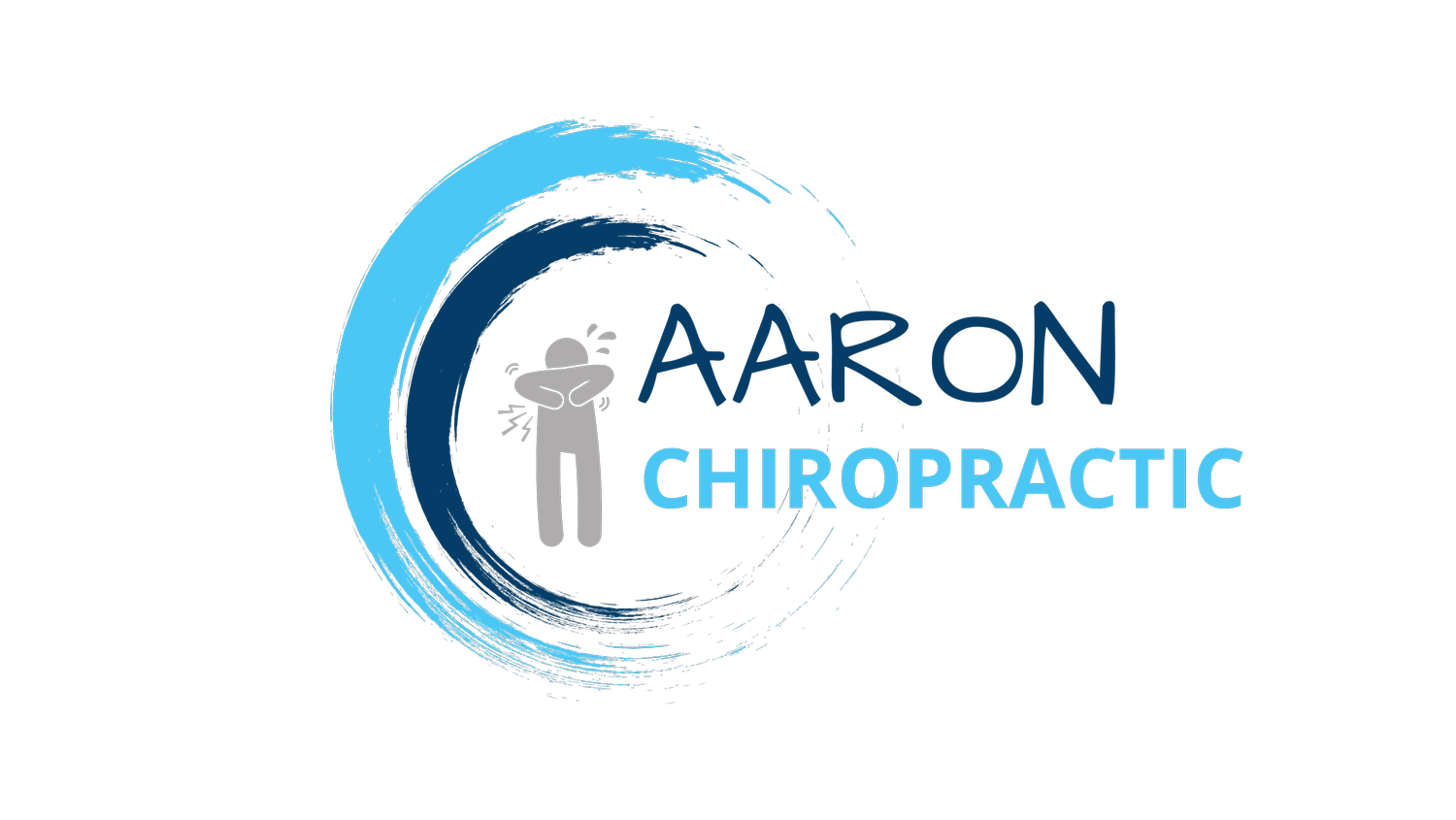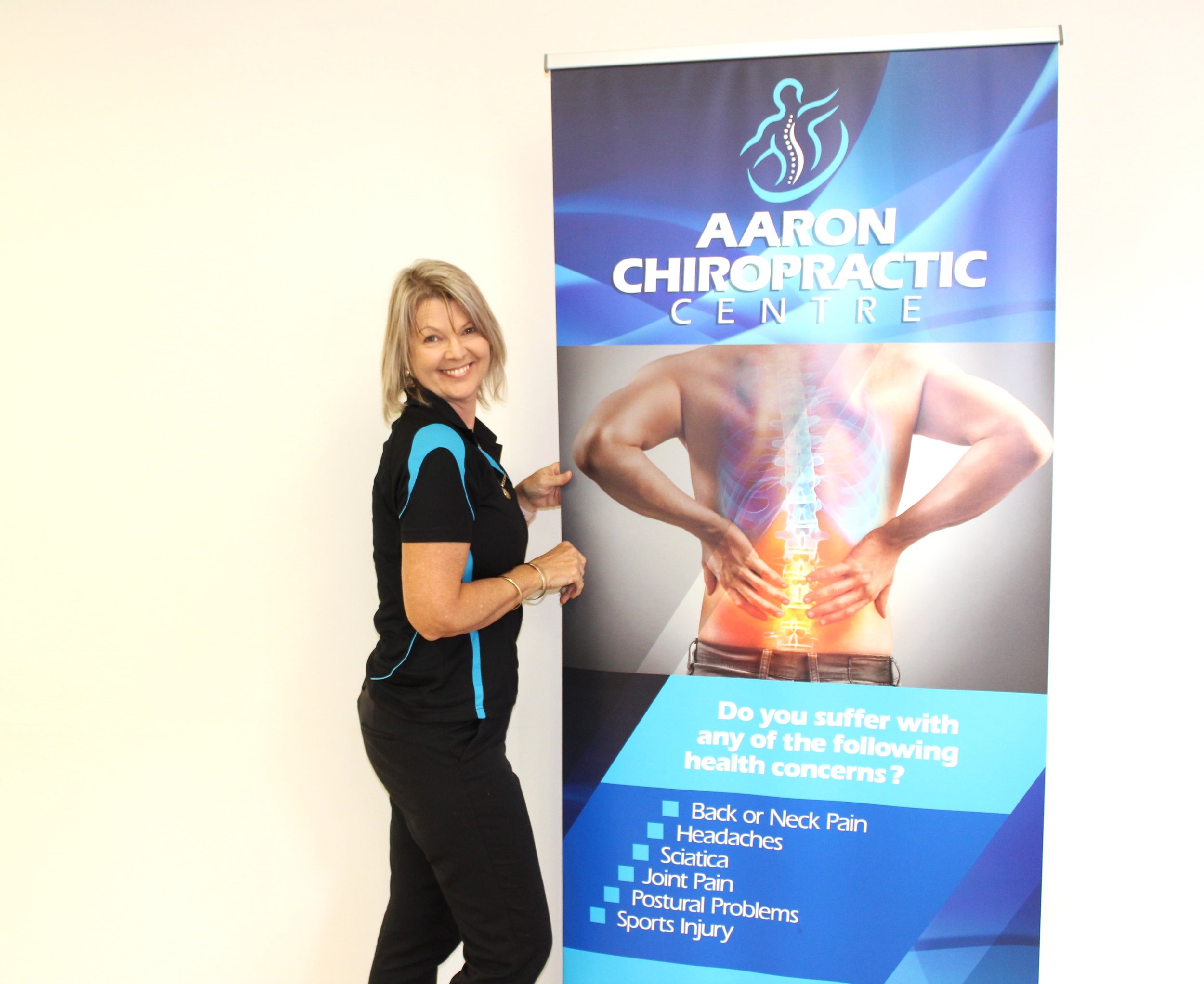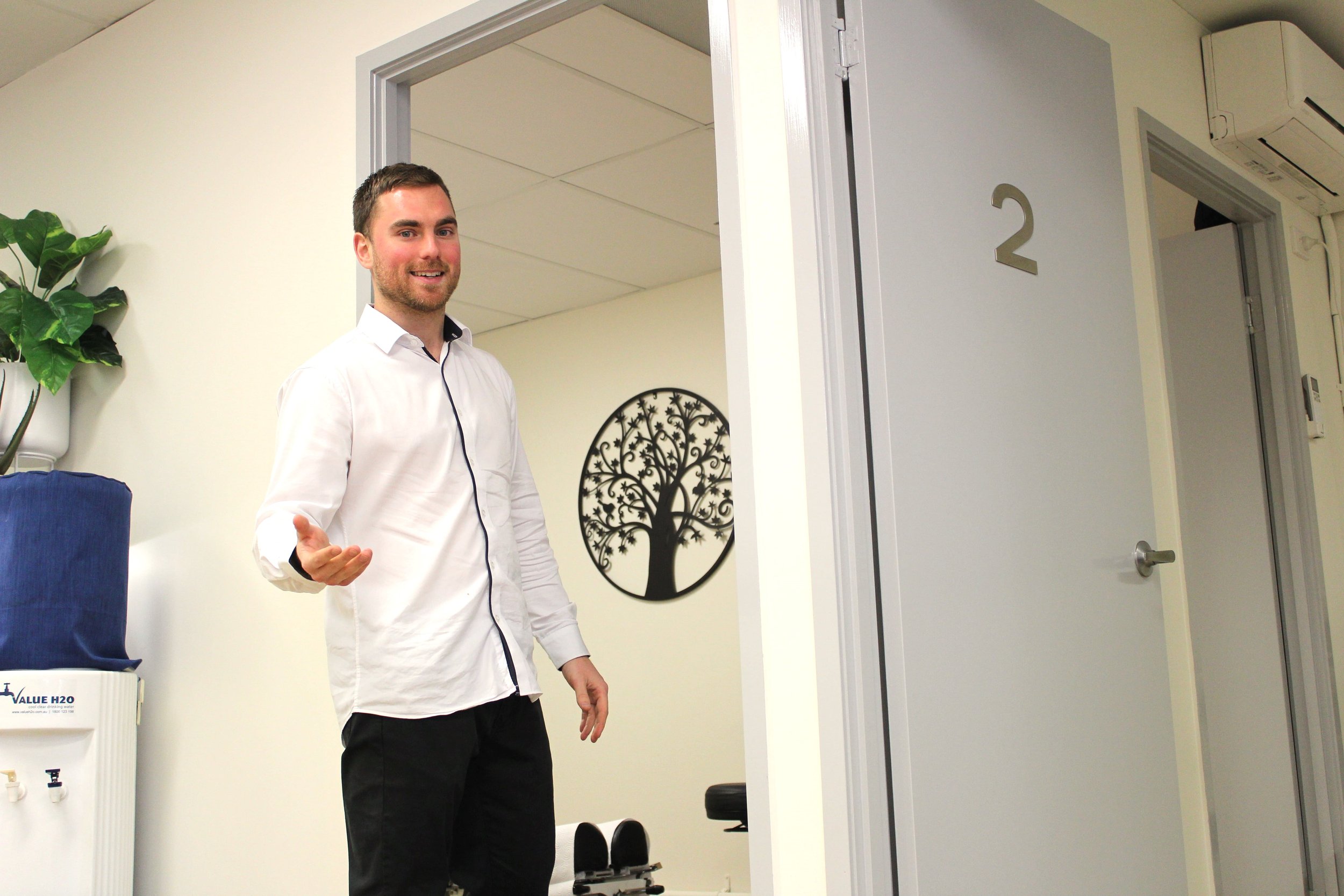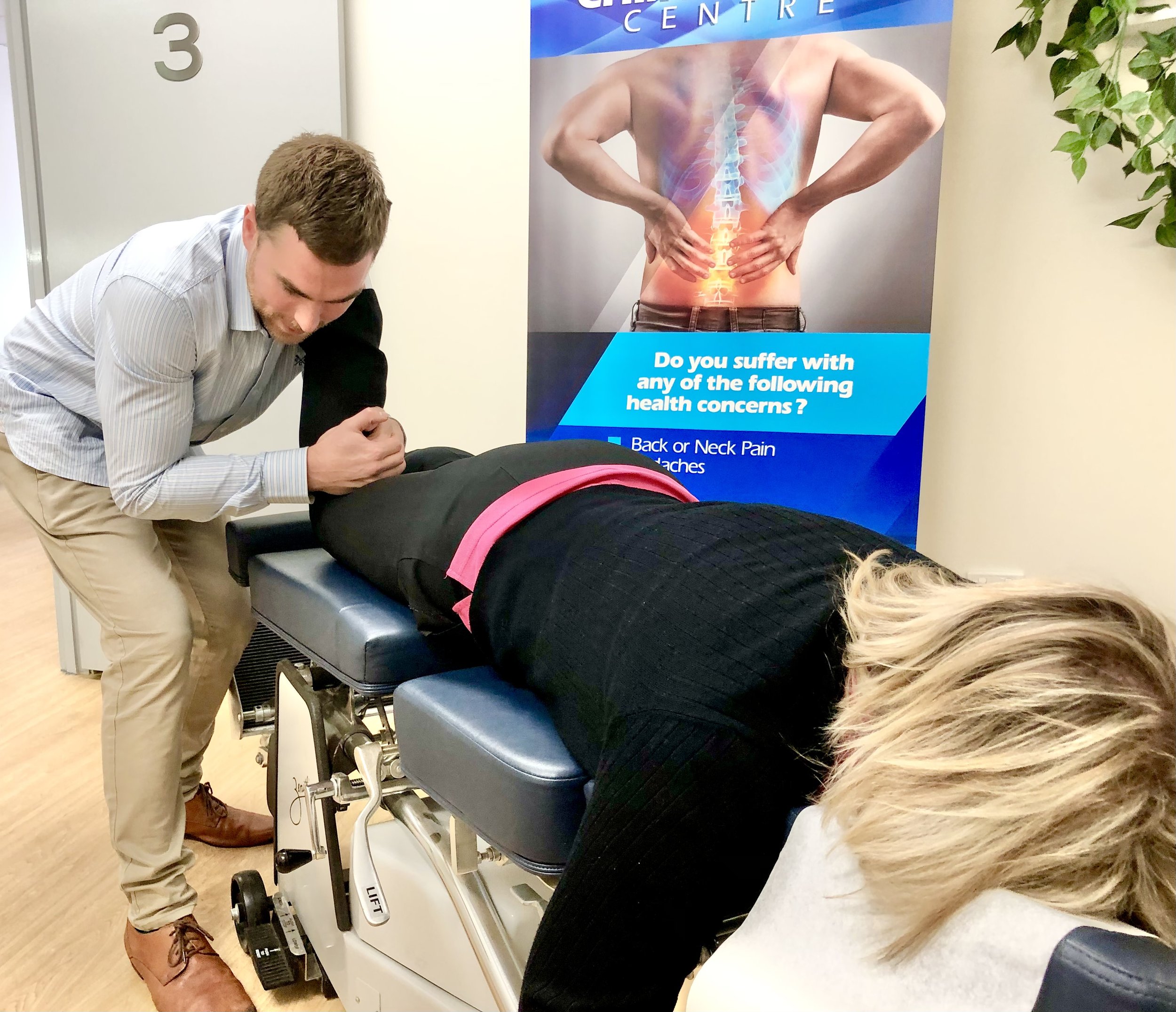Chiropractic Approaches to Treating Neck Pain and Stiffness
Are you struggling with neck pain and stiffness? Chiropractic care offers gentle and effective techniques to alleviate your discomfort.
We will explore common gentle chiropractic techniques, such as spinal mobilization and the Graston technique, specifically tailored to address neck pain.
We will delve into the relationship between neck pain and headaches, as well as chiropractic approaches to treating these issues.
Stay tuned for tips on neck pain relief and headache prevention!
Key Takeaways:
Gentle chiropractic techniques can effectively treat neck pain and stiffness without the use of forceful adjustments.
Understanding the relationship between neck pain and headaches is crucial in addressing neck issues.
Chiropractic care offers a variety of techniques to treat neck pain and headaches, providing relief and prevention for patients.
Gentle Chiropractic Techniques for Neck Pain
Gentle Chiropractic Techniques for Neck Pain focus on providing effective relief for patients suffering from neck pain through non-invasive methods that prioritize patient comfort and satisfaction. Chiropractors utilize gentle spinal manipulation techniques tailored to address cervical spine issues, offering holistic care that aligns with patient preferences and treatment outcomes.
During a patient consultation, chiropractors assess the root cause of neck pain, considering factors like joint motion restrictions and muscle tension. This personalized approach allows chiropractors to implement tailored soft tissue therapy techniques to alleviate discomfort and improve mobility. By combining spinal manipulation with soft tissue therapy, chiropractors aim to restore the natural alignment of the spine, reduce inflammation, and promote healing. This comprehensive strategy not only targets immediate pain relief but also fosters long-term wellness and patient satisfaction.
Common Gentle Chiropractic Techniques
In the realm of gentle chiropractic techniques for neck pain, common methods include gentle forms of chiropractic adjustment that differ from traditional techniques. These approaches prioritize patient comfort and utilize modern chiropractic manipulation to address neck stiffness and discomfort effectively.
One prevalent gentle chiropractic technique for neck issues is cervical mobilization. This method involves gently moving the neck joints to increase range of motion and reduce pain.
Unlike traditional adjustments, cervical mobilization is less forceful and more gradual, making it ideal for individuals with sensitivity or acute neck problems.
This gentler approach can also be beneficial for those who are hesitant or fearful of traditional chiropractic adjustments, offering a more soothing and relaxing experience.
Gentle Chiropractic Mobilization vs. Adjustment
Exploring the nuances of gentle chiropractic mobilization versus adjustment reveals the tailored approach chiropractors take in addressing neck pain. While mobilization focuses on gentle manipulation of the cervical spine to improve joint motion, adjustment involves precise spinal adjustments for optimal alignment and relief.
This distinction is crucial as it dictates the treatment approach that will best suit the individual's needs. Gentle chiropractic mobilization, with its emphasis on patient comfort, involves a series of smooth, rhythmic movements that help restore mobility and reduce muscle tension.
On the other hand, chiropractic adjustment, known for its effectiveness in targeting specific areas of misalignment, aims to correct spinal subluxations and improve overall function.
The personalized nature of these treatments underscores the importance of finding the right balance between comfort and effectiveness to achieve favorable treatment outcomes for neck pain.
Spinal Mobilization: Gentle Chiropractic Techniques
Spinal mobilization, a key gentle chiropractic technique for neck pain, focuses on improving cervical mobility and joint function through gentle manipulation. This approach prioritizes patient comfort and aims to restore optimal joint motion, providing effective relief for individuals suffering from neck stiffness and discomfort.
One of the primary benefits of spinal mobilization lies in its gentle and non-invasive nature, making it a preferred option for individuals who are sensitive to more forceful techniques like spinal manipulation. By using controlled, gentle movements, spinal mobilization helps realign the vertebrae and improve the function of the affected joints without causing undue stress or discomfort. This approach aligns with a holistic view of healthcare by addressing not just the symptoms but also the underlying causes of neck pain, promoting long-term healing and overall wellness.
The Graston Technique: An Instrument Assisted Soft Tissue Manual Therapy for Neck Pain
The Graston Technique, an innovative instrument-assisted soft tissue therapy, offers a specialized approach to treating neck pain and injuries. By targeting soft tissues with precision, this gentle chiropractic technique provides effective relief for patients experiencing acute neck pain or discomfort.
The Graston Technique has gained popularity among patients due to its non-invasive nature and ability to complement conventional treatments. Patient preferences for gentle yet effective therapies have led to an increased demand for this specialized approach. Research studies have shown promising results in managing neck stiffness and enhancing range of motion through the application of the Graston Technique. Using a unique methodology, trained professionals utilize stainless steel instruments to detect and treat soft tissue restrictions, restoring functionality and alleviating pain.
Activator Method Chiropractic Technique
The Activator Method Chiropractic Technique is a gentle approach to spinal adjustments commonly used to address neck pain and enhance patient comfort. By employing precise and controlled movements, chiropractors can deliver effective relief while ensuring patient satisfaction and optimal treatment outcomes.
Patients undergoing Activator Method Chiropractic Technique often experience reduced pain and improved mobility, making it a preferred choice for those seeking non-invasive solutions to neck conditions. Studies have shown the technique's efficacy in treating various musculoskeletal issues, validating its role in modern chiropractic care. This method, backed by years of research and clinical practice, has garnered praise for its ability to cater to individual patient needs and preferences, fostering trust and long-term satisfaction in chiropractic treatment. Through a systematic approach and patient-centered focus, chiropractors can address specific conditions effectively, promoting overall well-being and quality of life.
Chiropractic Adjustment
Chiropractic adjustment, a cornerstone of chiropractic care for neck pain, involves targeted manipulations to address spinal misalignments and improve joint function. This traditional technique aims to alleviate neck stiffness and enhance treatment outcomes for patients seeking relief.
During patient consultations, chiropractors assess the severity of neck pain, ranging from mild discomfort to debilitating conditions, to tailor the adjustment techniques accordingly. By restoring proper alignment and enhancing joint mobility, chiropractic adjustments can effectively reduce pain levels and improve overall function. Neck pain can stem from various factors such as poor posture, repetitive movements, or injuries, making personalized treatment plans essential for successful outcomes.
Understanding Neck Pain and Stiffness
Understanding Neck Pain and Stiffness is crucial for healthcare providers and patients dealing with acute neck pain. Research studies delve into the complexities of cervical spine issues, patient experiences, and treatment outcomes to enhance the understanding of neck pain and inform effective care strategies.
Conditions such as cervical spondylosis, herniated discs, and whiplash can result in debilitating neck pain, affecting individuals' daily lives.
Practice-based research plays a pivotal role in identifying optimal treatment approaches tailored to individual needs, considering factors like age, mobility, and underlying health conditions.
By analyzing patient-reported outcomes and integrating evidence-based practices, healthcare providers can offer personalized interventions that address the root causes of neck pain and improve long-term quality of life.
Neck Pain and Headaches Relationship
The Neck Pain and Headaches Relationship is a common concern for patients seeking chiropractic care. Chiropractors assess the interconnectedness between neck pain and headaches to develop tailored treatment plans that address both issues effectively, promoting patient well-being and comfort.
Many individuals experience frequent neck pain that often accompanies debilitating headaches, indicating a potential link between the two conditions. Chiropractic care recognizes that these symptoms may be interconnected, necessitating a holistic approach to treatment. Through targeted adjustments and manipulations, chiropractors aim to alleviate tension in the neck area, which can also alleviate headache symptoms. Studies have shown that patients who undergo chiropractic treatment for neck pain report high levels of patient satisfaction and improved overall quality of life.
Types of Headaches Linked to Neck Issues
Understanding the Types of Headaches Linked to Neck Issues is essential in chiropractic care.
By recognizing the specific headache types associated with neck problems, chiropractors can tailor interventions to alleviate discomfort and improve patient outcomes effectively. Some common headache types related to neck issues include tension headaches, cervicogenic headaches, and migraine headaches. Each of these types presents with distinct characteristics and triggers, emphasizing the need for personalized treatment strategies.
Cervical mobilization and soft tissue therapy are frequently utilized by chiropractors to address neck-related headaches. These techniques aim to enhance joint mobility, reduce muscle tension, and promote overall relaxation. Engaging patients in shared decision-making regarding their treatment preferences plays a crucial role in achieving successful outcomes, as it ensures that interventions align with individual needs and comfort levels.
Cervicogenic Headache (CGH)
Cervicogenic Headache (CGH) is a prevalent condition where neck pain radiates to the head, causing headaches. Chiropractors adept in treating CGH focus on addressing the underlying neck issues to alleviate headache symptoms and improve patient comfort.
Spinal manipulation is a key technique used by chiropractors to manage CGH. By applying controlled force to the spine, they aim to realign vertebrae and reduce nerve irritation, which can contribute to the headache. This targeted approach helps in restoring proper spinal function and relieving pain.
Chiropractic care for CGH also includes personalized treatment plans tailored to each patient's specific needs. Through a combination of manual therapies, exercises, and ergonomic advice, chiropractors strive to enhance patient outcomes and prevent recurrent neck-related headaches.
Occipital Neuralgia
Occipital Neuralgia presents as sharp, shooting pain in the back of the head, often originating from the neck area. Chiropractors specializing in neck pain and headaches offer targeted care to manage Occipital Neuralgia symptoms and enhance patient quality of life.
This condition typically causes pain that is described as stabbing or electric shock-like, and it may be accompanied by sensitivity to light and tender scalp. Through gentle chiropractic techniques, chiropractors focus on restoring proper joint motion in the neck and upper spine to alleviate the root cause of the neuralgia. Studies have shown that chiropractic care, combined with exercises and lifestyle modifications, can significantly reduce the frequency and intensity of headaches associated with Occipital Neuralgia, providing long-term relief for many patients.
Chiropractic Approaches to Treating Neck Pain
Chiropractic Approaches to Treating Neck Pain encompass a comprehensive range of techniques and interventions tailored to individual patient needs. Chiropractors leverage their expertise to address neck pain effectively, providing holistic care that extends to headache relief and improved overall well-being.
One of the key aspects of chiropractic care is the thorough patient consultation that precedes any treatment. During this consultation, chiropractors take the time to understand the patient's medical history, lifestyle factors, and specific concerns related to neck pain and headaches. By gaining a comprehensive overview of the patient's condition, chiropractors can tailor treatment plans to address the root cause of the pain. This personalized approach significantly enhances treatment outcomes and patient satisfaction.
Spinal adjustments are a fundamental component of chiropractic treatment for neck pain and headaches. Through targeted manipulations and gentle spinal adjustments, chiropractors alleviate tension, restore alignment, and improve range of motion in the neck and spine. These adjustments not only reduce pain but also promote optimal functioning of the nervous system, which plays a crucial role in overall well-being.
How Chiropractors Address Neck Pain
Understanding How Chiropractors Address Neck Pain sheds light on the personalized care and expertise they offer to patients.
Chiropractors play a crucial role in managing neck pain by utilizing a range of specialized techniques tailored to individual needs. Plus spinal adjustments, they may incorporate cervical mobilization to improve joint mobility and reduce discomfort. Patient satisfaction is often high, as chiropractors focus on not just symptom relief but also on addressing the root cause of neck injuries. This holistic approach emphasizes patient education, lifestyle modifications, and ongoing support to promote long-term wellness and pain management.
Chiropractic Care for Headache Relief
Chiropractic Care for Headache Relief offers a holistic and patient-centered approach to addressing headaches associated with neck pain. By integrating gentle chiropractic techniques and holistic strategies, chiropractors aim to provide effective headache relief and improve overall patient comfort.
One key aspect of this integrative approach is focusing on enhancing joint motion in the neck area, which plays a crucial role in alleviating headaches. Chiropractors tailor their treatments to meet the specific needs and preferences of each patient, ensuring personalized care. Apart from adjustments, soft tissue therapy may be incorporated to target muscle tension and reduce inflammation, further contributing to headache relief. By combining these different modalities, chiropractic care offers a comprehensive solution that addresses the root causes of headaches while prioritizing patient well-being.
Additional Resources and References
Accessing Additional Resources and References is essential for individuals seeking further information on chiropractic treatment for neck pain. By exploring credible sources and contacting chiropractic practices for details like operating hours and contact information, patients can enhance their knowledge and access quality care.
Plus traditional printed materials, online resources provide a wealth of information on chiropractic treatment approaches. Websites of reputable chiropractic organizations such as the Australian Chiropractic Association (ACA) offer detailed insights into the benefits of chiropractic care for neck pain and other musculoskeletal issues. Patients can also find scientific research articles published in medical journals that highlight the treatment outcomes and effectiveness of chiropractic interventions.
References on Chiropractic Treatment for Neck Pain
Exploring References on Chiropractic Treatment for Neck Pain offers valuable insights into evidence-based approaches and healthcare providers specializing in neck pain management. Patients can benefit from credible sources and expert recommendations to make informed decisions regarding their chiropractic care.
When considering traditional techniques in chiropractic treatment for neck pain, it's essential to look at the latest studies and methodologies that support their efficacy.
Patient satisfaction plays a crucial role in evaluating the success of these treatments. It's important for chiropractors to incorporate patient feedback and preferences into their care plans to ensure personalized and effective treatments.
By integrating evidence-based practices with patient-centered care, chiropractors can offer comprehensive and holistic approaches to managing neck pain.
LATEST NEWS: Tips for Neck Pain Relief and Headache Prevention
Stay Updated with the LATEST NEWS: Tips for Neck Pain Relief and Headache Prevention to access valuable insights and recommendations for managing neck pain and preventing headaches. Patients can benefit from expert advice and chiropractic strategies aimed at improving treatment outcomes and enhancing overall well-being.
In the realm of holistic approaches to wellness, spinal adjustments play a key role in alleviating neck pain and reducing the frequency of headaches. By focusing on the body's natural ability to heal itself, gentle chiropractic techniques offer a non-invasive and drug-free alternative for those seeking relief. Incorporating ergonomic adjustments in daily routines, maintaining good posture, and practicing stress-relief techniques can also complement chiropractic care in managing neck pain and preventing headaches.
Conclusion
The management of neck pain through chiropractic care highlights the significance of patient-centered approaches and evidence-based practices. By collaborating with healthcare providers and embracing holistic strategies, individuals can achieve optimal relief from neck issues, underscoring the importance of quality chiropractic services in enhancing overall well-being.
Patients who opt for chiropractic care often report high levels of patient satisfaction due to the personalized treatment plans tailored to their specific needs. These plans typically involve a combination of spinal adjustments, therapeutic exercises, and lifestyle recommendations to address underlying issues contributing to neck pain. Research-based approaches utilized by chiropractors emphasize the treatment efficacy and safety of interventions, offering patients a non-invasive alternative to medication or surgery.
Frequently Asked Questions
1. What are the most common chiropractic approaches used to treat neck pain and stiffness?
Some of the most commonly used chiropractic approaches for neck pain and stiffness include spinal adjustments, soft tissue therapy, and mobilization techniques.
2. How do spinal adjustments help with neck pain and stiffness?
Spinal adjustments involve applying gentle pressure to specific areas of the spine to correct misalignments and improve joint function, which can help reduce neck pain and stiffness.
3. What is soft tissue therapy and how does it benefit neck pain and stiffness?
Soft tissue therapy, such as massage and myofascial release, focuses on releasing tension and improving flexibility in muscles and connective tissue, which can help alleviate neck pain and stiffness.
4. Can chiropractic approaches help with chronic neck pain and stiffness?
Yes, chiropractic care has been shown to be effective in treating chronic neck pain and stiffness. By addressing the underlying causes of the pain, chiropractors can help patients find long-term relief.
5. Are there any potential risks or side effects of chiropractic approaches for neck pain and stiffness?
Chiropractic care is generally safe and non-invasive, but some patients may experience mild soreness or discomfort after a treatment. Your chiropractor will discuss any potential risks with you before beginning treatment.
6. How long does it take to see results from chiropractic care for neck pain and stiffness?
The length of time it takes to see results from chiropractic care can vary depending on the severity and underlying causes of the neck pain and stiffness. Some patients may experience immediate relief, while others may require multiple treatments to achieve long-term results.









